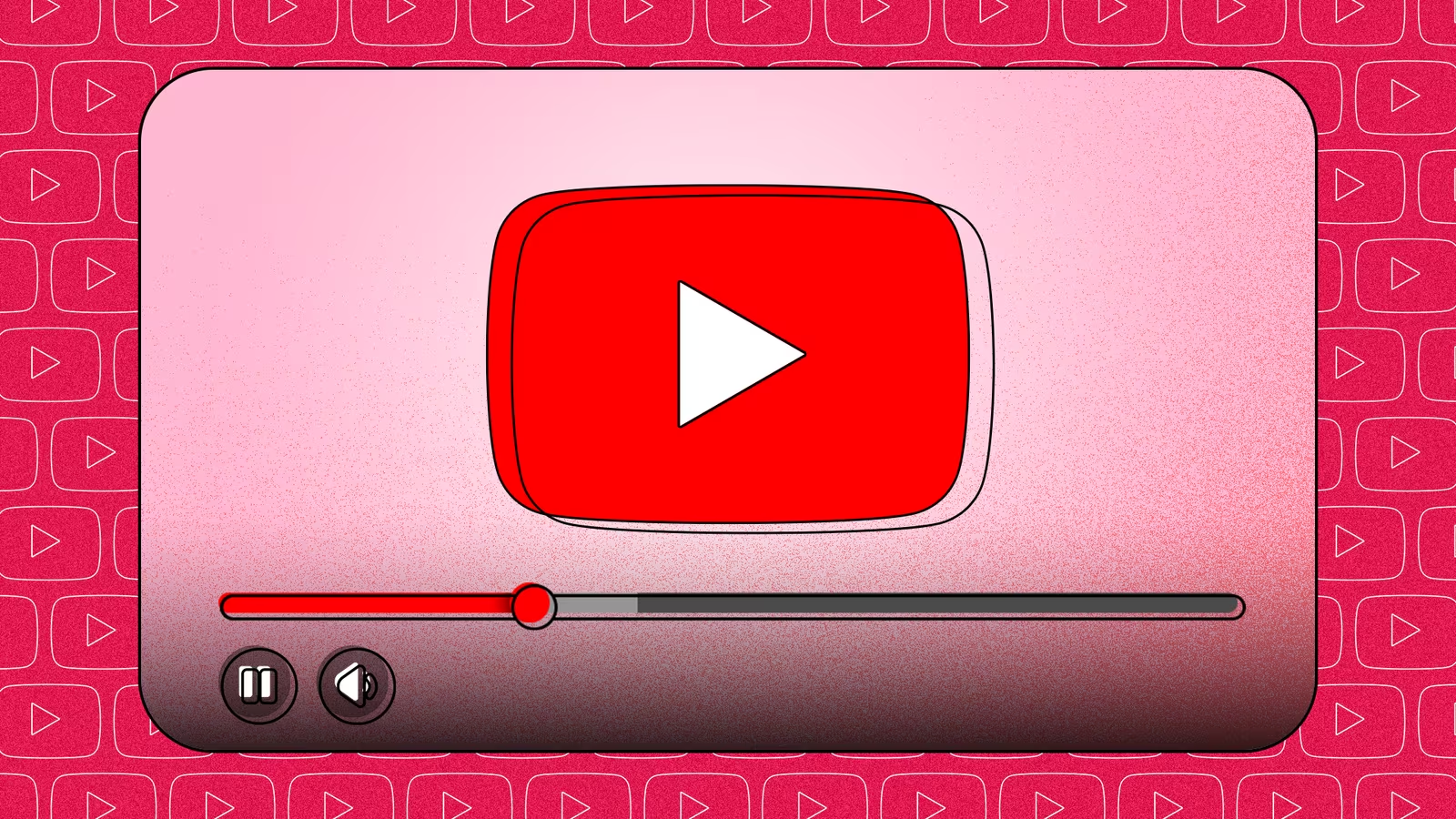The Platform Shift: Why Your YouTube Feed is Dominated by Shorts
For years, YouTube defined online video, building a massive ecosystem around long-form content, subscriptions, and deep-dive tutorials. Today, however, the platform feels fundamentally different. The primary user experience is undergoing a radical transformation, driven by YouTube’s aggressive push to compete directly with TikTok through its short-form video feature, YouTube Shorts.
Users opening the YouTube mobile app in 2025 are often greeted not by their subscribed creators or personalized recommendations for traditional videos, but by a Short that begins playing automatically. This shift is not accidental; it is a strategic, platform-wide mandate that many users and established creators perceive as a “hostile takeover” of the traditional YouTube experience.

The immediate consequences of this prioritization are clear in the interface design:
- Subscription Feeds Marginalized: Finding content from creators a user explicitly follows requires more taps and navigation than before.
- Shorts Autoplay: The feature is designed for passive consumption, immediately drawing users into a continuous stream of vertical video.
- Recommendation Overhaul: The algorithm heavily favors promoting Shorts on the main homepage, even for users historically focused on long-form content.
This aggressive strategy aims to capture the attention economy segment currently dominated by TikTok, particularly among younger demographics. However, it risks alienating the core audience and the established creator base that built YouTube into the global video powerhouse it is today.
The Creator Economy Crisis: Visibility and Monetization
The most significant impact of the Shorts push is felt by the creators who rely on YouTube for their livelihood. The platform’s success was built on fostering creators who produced high-quality, long-form videos—ranging from 10-minute reviews to hour-long documentaries. These creators are now struggling with reduced visibility and a challenging monetization landscape.
The Monetization Mismatch
Traditional YouTube videos generate revenue through pre-roll, mid-roll, and banner advertisements, which are highly lucrative and share a significant portion of ad revenue directly with the creator. YouTube Shorts operates on a fundamentally different, and less profitable, model for individual creators.
Shorts monetization relies on a Creator Fund and a pool of revenue generated from ads played between Shorts in the feed. This revenue is distributed based on overall views and music usage, resulting in dramatically lower earnings per thousand views (RPM) compared to long-form content.
For a creator who previously earned thousands of dollars monthly from a few successful long-form videos, the shift to Shorts often means a drastic reduction in income, even if their view counts remain high.
“The platform is forcing us to create content that pays a fraction of what our traditional videos earned. It feels like we are being asked to sacrifice our business model just so YouTube can win a competitive battle against a rival platform.”

The Algorithm’s Dilemma
Creators are now faced with a difficult choice: adapt to the Shorts format, potentially sacrificing the quality and depth their audience expects, or continue producing long-form content and risk being buried by the algorithm. Many creators report that the algorithm now seems to prioritize the quantity of short-form uploads over the quality of long-form productions, leading to a decline in subscriber engagement for their core content.
This creates a precarious situation for the platform, as the unique, high-value content that differentiates YouTube from rivals is being systematically deprioritized in favor of easily digestible, high-volume clips.
User Experience and Platform Identity
YouTube’s strength has always been its vast library and its function as a reliable search engine for video—a place to find tutorials, historical clips, and detailed reviews. The current interface changes threaten this core utility.
When the primary feed is saturated with short, ephemeral content, the platform loses its identity as a comprehensive video archive and knowledge base. Users seeking specific information or in-depth entertainment must now navigate through layers of rapidly scrolling, often repetitive, Shorts before reaching the content they originally came for.
This aggressive imitation of TikTok ignores a crucial difference: YouTube’s established user base primarily values utility and depth, while TikTok is built purely on entertainment and rapid discovery.

The Risk of Alienation
By pushing Shorts so aggressively, YouTube risks alienating three critical groups:
- The Long-Form Audience: Users who prefer documentaries, educational content, and detailed reviews are frustrated by the cluttered interface.
- The Established Creators: The backbone of YouTube’s content library, who feel their years of investment are being devalued.
- Advertisers Seeking High Engagement: While Shorts generate high volume, long-form videos offer better opportunities for targeted, high-value ad placements and brand integrations.
If the platform continues to prioritize the pursuit of a younger, short-form audience at the expense of its established base, it could lead to a significant migration of both viewers and high-value creators to more specialized platforms or even competing video services that still value long-form content.
Key Takeaways
YouTube’s strategic pivot toward short-form video is a high-stakes gamble with profound implications for the entire creator economy and user experience:
- Aggressive Promotion: YouTube Shorts are now the dominant feature on the mobile app, often auto-playing before users can access their subscriptions.
- Monetization Challenge: Revenue generated from Shorts is significantly lower per view than traditional long-form video, creating financial instability for established creators.
- Visibility Decline: Long-form content creators are struggling to maintain visibility as the algorithm prioritizes high-volume short clips.
- Identity Crisis: The platform risks losing its core identity as the premier destination for in-depth, utility-focused video content by focusing too heavily on ephemeral entertainment.
- Business Risk: Alienating the core audience and established creators could undermine YouTube’s long-term dominance and revenue stability.
Conclusion: A Difficult Balancing Act
YouTube is caught between the need to innovate and compete in the rapidly evolving digital landscape and the imperative to protect the massive, profitable ecosystem it has already built. While adopting short-form video is a necessary competitive move, the current execution—which often feels like a forced substitution rather than a seamless integration—is causing significant friction.
The challenge for YouTube moving forward is finding a sustainable balance. The platform must devise a way to promote Shorts effectively without actively punishing the long-form creators and users who have been loyal to the platform for over a decade. Failure to do so could see the platform succeed in becoming the next TikTok, but at the cost of losing what made it YouTube in the first place.
Original author: Ben Khalesi
Originally published: November 9, 2025
Editorial note: Our team reviewed and enhanced this coverage with AI-assisted tools and human editing to add helpful context while preserving verified facts and quotations from the original source.
We encourage you to consult the publisher above for the complete report and to reach out if you spot inaccuracies or compliance concerns.

